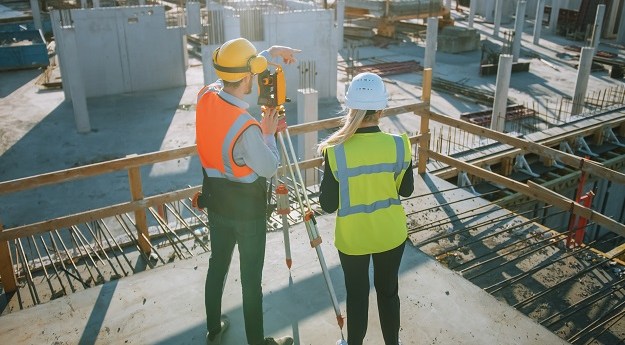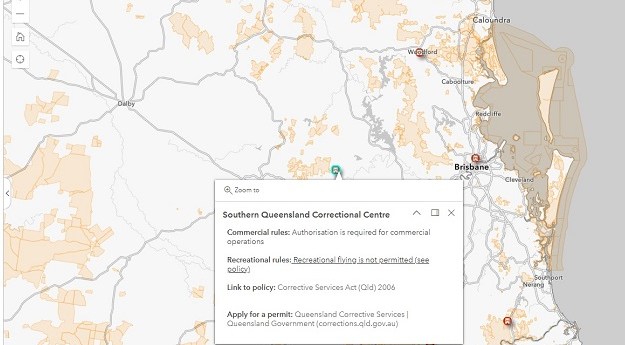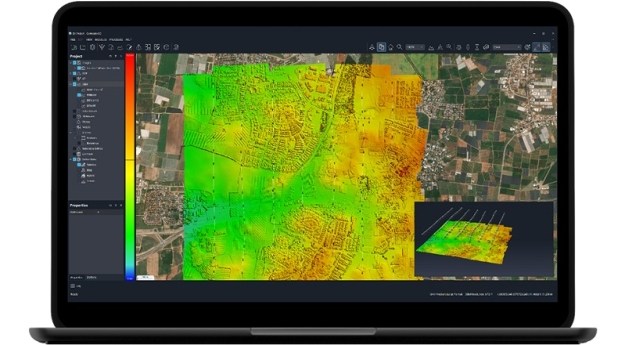
HERE’s new sign-reading technology keeps maps for driverless vehicles continuously updated. Positioning for driverless technologies will be a key topic at IGNSS. Credit: HERE
A future-proof modernised datum for Australia enabling a cascade of innovative, new high precision positioning applications is just part of the program for the upcoming IGNSS conference at UNSW.
A program has just been announced to allow attendees to engage in the automated and connected vehicles moderated forum with leading industry experts. You can also watch as industry academics battle as they question if “the rise of multi-GNSS will topple GPS as the gold standard of positioning”.
You will even see a live demonstration of indoor positioning and timing using the re-engineered Iridium constellation. The special datum modernisation forum will also expose developments in the home-grown next generation multi-GNSS analysis software to increase Australian capability.

UNSW will play host to IGNSS 6-8 December 2016
IGNSS 2016 will combine pioneers and bright new start-ups of this new frontier of navigation applications at the University of New South Wales, 6 – 8 Dec, 2016.
Representatives from the US GPS service, Russia’s Glonass and the fast growing Chinese Beidou GNSS system are locked in. Alan Cameron, the editor of the US magazine GPS World, will be giving a keynote as well as the head of innovation at the Australian Institute of Sport.
The recently released program is peppered with technical presentations from researchers and students pushing the limits of high tech positioning and applications.
Below are just some of the impressive speakers lined-up for IGNSS 2016:
- John Wall, Manager – Road Safety Technology, Transport for NSW
- Andrew Mehaffey, Manager – Intelligent Transport Systems, NSW Roads & Maritime Services
- Chang Kewu, Program Director, China Satellite Navigation Office (China)
- Jeffrey Auerbach, Office of Space and Advanced Technology, Department of State (USA)
- Joseph Winter, Head of Innovation R&D, Australian Institute of Sport
- Roman Muravyev, Central Research Institute for Machine Building, Roscosmos (Russia)
- Andrew Dempster, Director, Australian Centre for Space Engineering Research, UNSW
- Vinayak Dixit, Deputy Director, Research Centre for Integrated Transport Innovation, UNSW
- Bob Jackson, Lockheed Martin Space Systems Company (USA)
- Gregory Gutt, President and Chief Technology Officer, Satelles Inc (USA)
- Xiaoliang Wang, China Academy of Space Technology (China)
- Kevin Parkinson, Chief Engineer, General Dynamics (New Zealand)
- Stavros Melachroinos, GNSS Team Leader, Geoscience Australia
- Chris Rizos, Professor of Geodesy and Navigation, UNSW
- Zuo Yong, National University of Defence Technology (China)
- Wonjae Yoo, Korea Aerospace University (South Korea)












